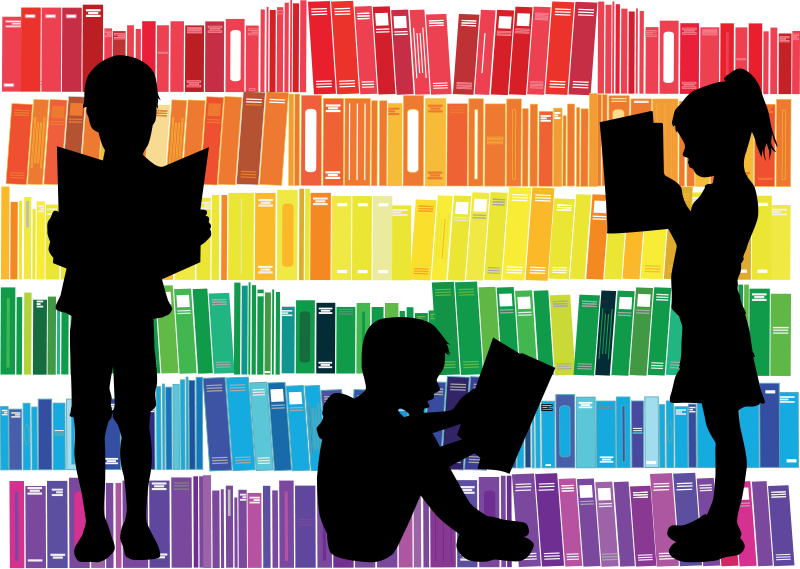For students who struggle to read, school can be a frustrating place. When we try intervention after intervention and nothing seems to work, it can be frustrating for the teachers and school leaders trying to help them as well.
If we fail to provide the right supports for students in need, schools can struggle, too. In 2011-12, the Louisiana Department of Education rated Aucoin Elementary as a “C” school. By 2014-15, however, our Title I school had climbed to an “A.” What changed? Our approach to reading interventions, my attitude toward technology, and students’ brains.
Here are 3 ways we have helped struggling readers and English language learners (ELLs) address the root causes of their difficulties and make lasting gains.
1. Build students’ cognitive skills.
One of the reasons that many students struggle, despite months or even years of extra support, is that traditional reading interventions often fail to address the underlying difficulties that keep them from making progress. At Aucoin Elementary, more than 90 percent of students are economically disadvantaged. Decades of research show that socioeconomic status is associated with differences in school readiness, cognitive development, and even the structure of a child’s brain.
Several years ago, our school district began using a neuroscience-based reading intervention. Unlike other programs we had tried, this program (called Fast ForWord) targeted core areas of weakness, starting in the brain. It helped students work on the building blocks of reading while simultaneously exercising their working memory, attention, grammar, vocabulary, and listening skills. When we got our state test scores back, we saw that if students finished Reading Level 3 of the program, their passing rate improved. The key, we realized, was to start early. So, instead of targeting the program to grades 3–5, we shifted our focus to kindergarten through grade 3. Since then, student performance has steadily improved.
2. Prepare students’ brains to hear English.
At Aucoin, more than half of the students are ELLs who face the difficult task of learning the content we’re teaching while still developing their English skills. Research shows that at birth a child has the potential to learn any language. By six months, children begin to recognize the speech sounds or phonemes specific to their native language, based on experience. If, for example, a child’s brain is wired to hear the 26 phonemes of Spanish, learning English can be slow and labored.
Through sound training exercises, however, we can help students’ brains become “wired” to hear and quickly process the 44 phonemes of English. Computer-based exercises that use exaggerated phonemes can speed up the brain’s capacity to distinguish and lay down these new speech sounds. As a result, perceiving and sounding out English words becomes easier and more automatic. These exercises can also correct imprecise speech sounds in the brains of struggling readers.
3. Have students practice reading aloud, with support.
Another way to help ELLs and struggling readers is to have them practice reading aloud, however, it can be difficult to provide each student with a supportive listener every day or even a few times a week. To overcome this challenge, our district began using a program called Reading Assistant, which uses speech recognition technology to correct and support students as they read aloud.
As we rolled out the technology, I must admit I was skeptical this approach would work with our diverse population. That changed, however, when I saw a student from Vietnam working in our computer lab. He had come to us in the third grade, with no English. He had been at our school only four months when I saw him reading aloud into the microphone — and correctly pronouncing words in English. That student continued to participate in both intervention programs and went on to honors classes in high school.
Improving school performance
Since changing our approach to reading intervention to focus on root cause issues, rather than providing accommodations, Aucoin Elementary has improved its school performance score each year. Thanks to the work of our dedicated faculty and staff, in 2016 Aucoin was rated an “A” school and was named a “Top Gains School” in Louisiana for achieving its growth target and meeting Adequate Yearly Progress within tested subgroups. What we’ve learned from our experiences is that if we can provide the right supports to students at an early age, it has a tremendous impact on their language and reading skills, which plants the seeds for their future success.








